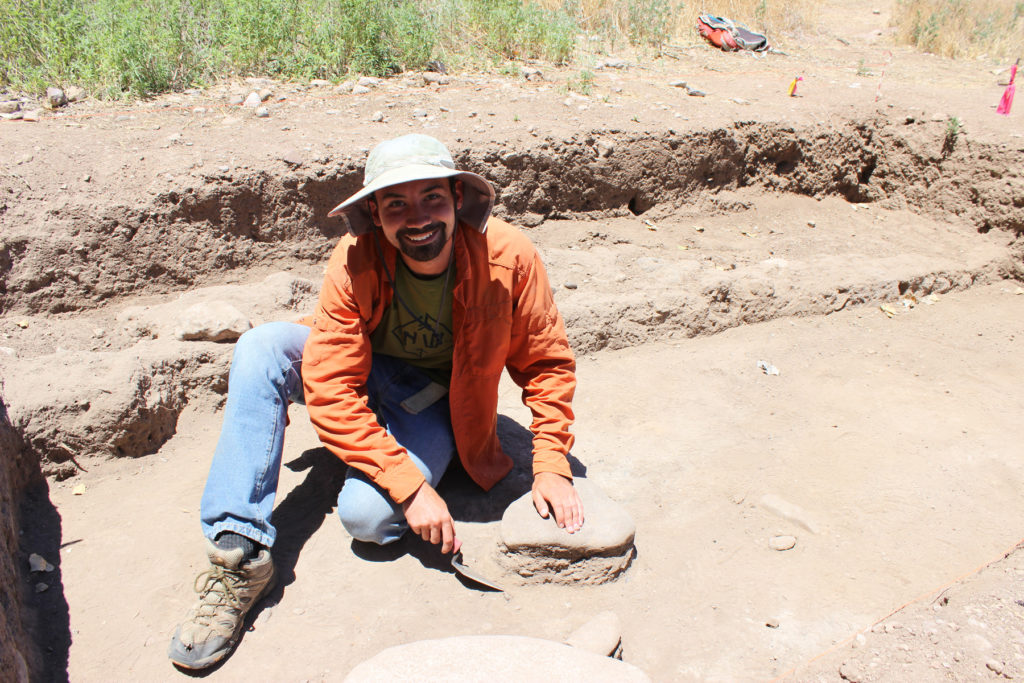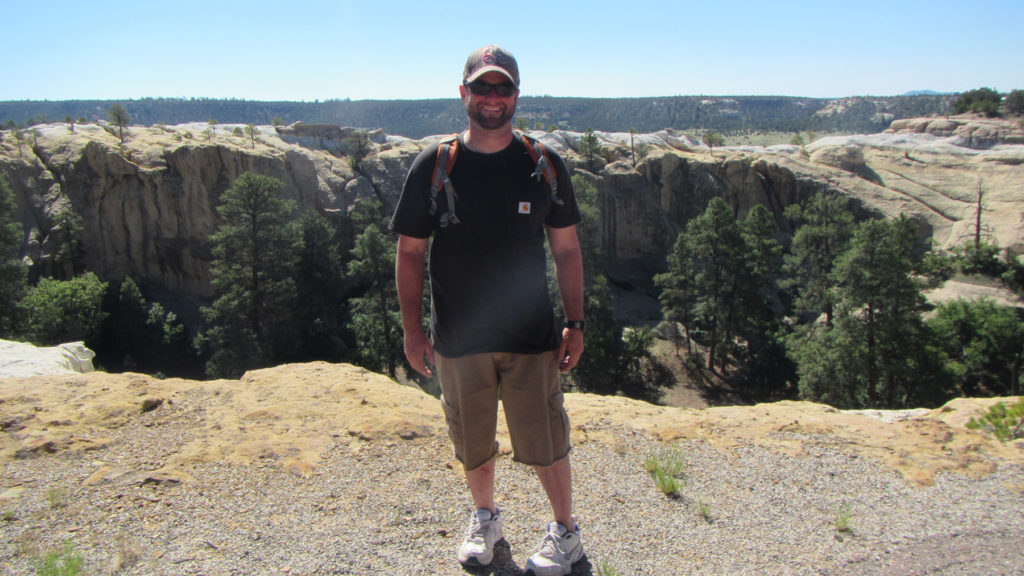- Home
- >
- Preservation Archaeology Blog
- >
- Veterans Day

(November 10, 2017)—Veterans Day is sometimes an exciting day at the Archaeology Southwest office, as our downtown location puts us very close to the annual Tucson Veterans Day Parade. Getting to the office amid all the early street closures can be a challenge when the event falls on a weekday, but with the parade passing by a few doors down, we also have a prime viewing spot.
This holiday makes me think of the many veterans I have worked with in the course of archaeological research and teaching. Before I came to Archaeology Southwest, I taught archaeology courses as an adjunct at Arizona State University and Mesa Community College. Many of my students were veterans, and some had been stationed very close to the archaeological sites and regions we discussed in class, including places such as Ur and Nineveh, Mesopotamian sites that have near-legendary status for most of us.
Reading assignments in my “Old World Archaeology” course often included Matthew Bogdanos’s article on the 2003 looting at the Iraq Museum. A colonel in the U.S. Marines and a New York City homicide prosecutor with degrees in Classics and law, Bogdanos was the director of a multiagency task force of military and other specialists assigned to investigate looting and to trace stolen objects. His on-the-ground perspective shed light on a complex and nuanced series of events most students had heard about previously only as brief blips on the news nearly a decade earlier. This article always led to good class discussions about the many global challenges to heritage preservation, the dark links between the illegal antiquities market and organized crime, and the particular challenges facing U.S. military forces working in archaeologically rich regions. Veteran students’ perspectives on having worked in some of these places added richness to the discussion and made it more meaningful for everyone.
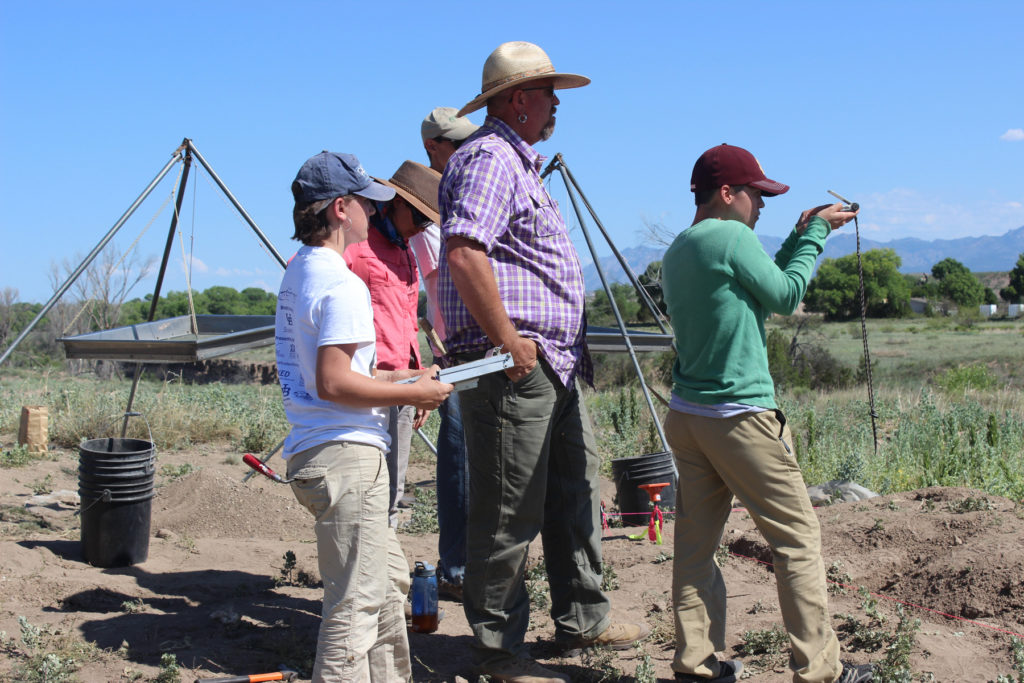
Veterans Day also reminds me of some outstanding students and colleagues I’ve worked with in the field over the last 20 years. I’m always amazed at the enormous variety of experiences they recount as we lift buckets or climb hills together: the similarities between archaeological survey and the Foreign Object Detail or “FOD walkdown” conducted to clear aircraft landing areas; the social challenges of an isolated field camp compared to an isolated nuclear submarine; and whether their training included tying knots or kicking down doors—thankfully, only the knot-tying has come in handy on our archaeological projects so far.
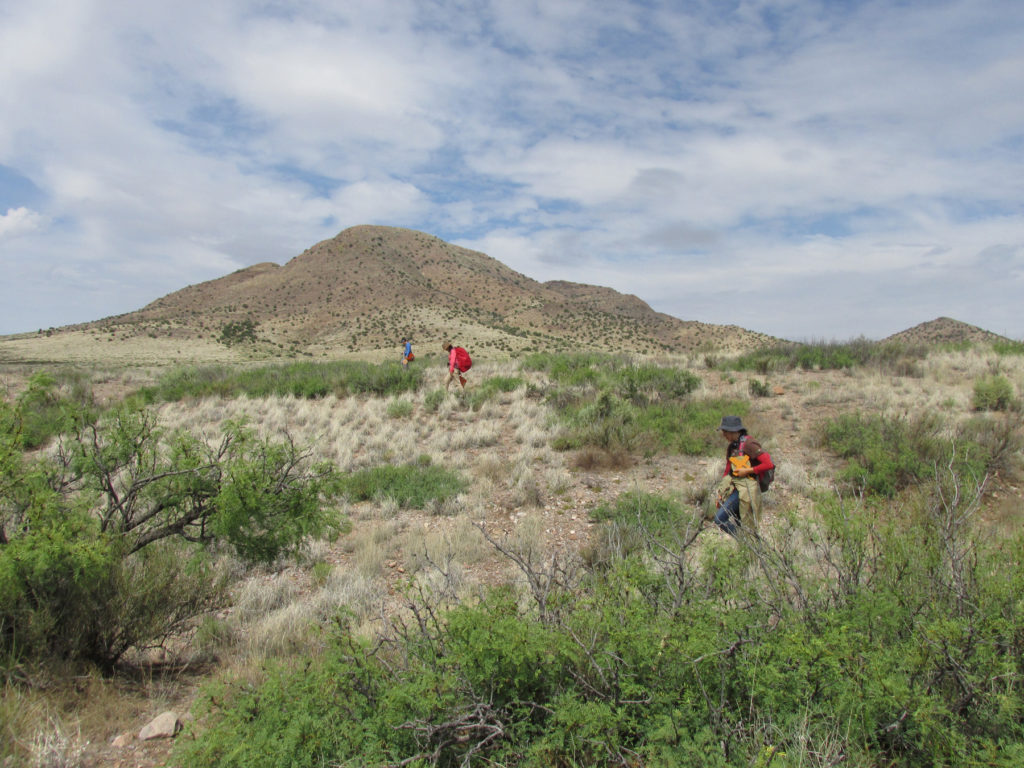
Today, I’m especially thinking of the veterans I’ve worked with on our Archaeology Southwest Upper Gila Preservation Archaeology field schools (UGPA) from 2014 to 2017. Thank you for being good colleagues and friends, for all your contributions to archaeological research, and for everything you’ve done for all of us.
Will Russell
UGPA 2014–2015, U.S. Army
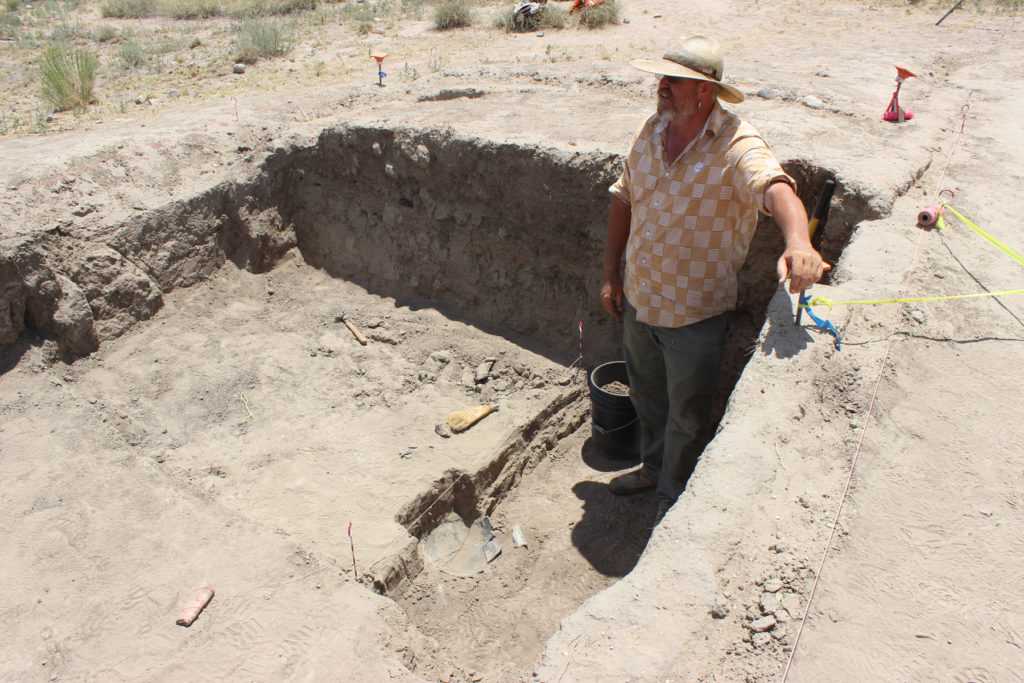
Diana Trevizo
UGPA 2015, U.S. Army
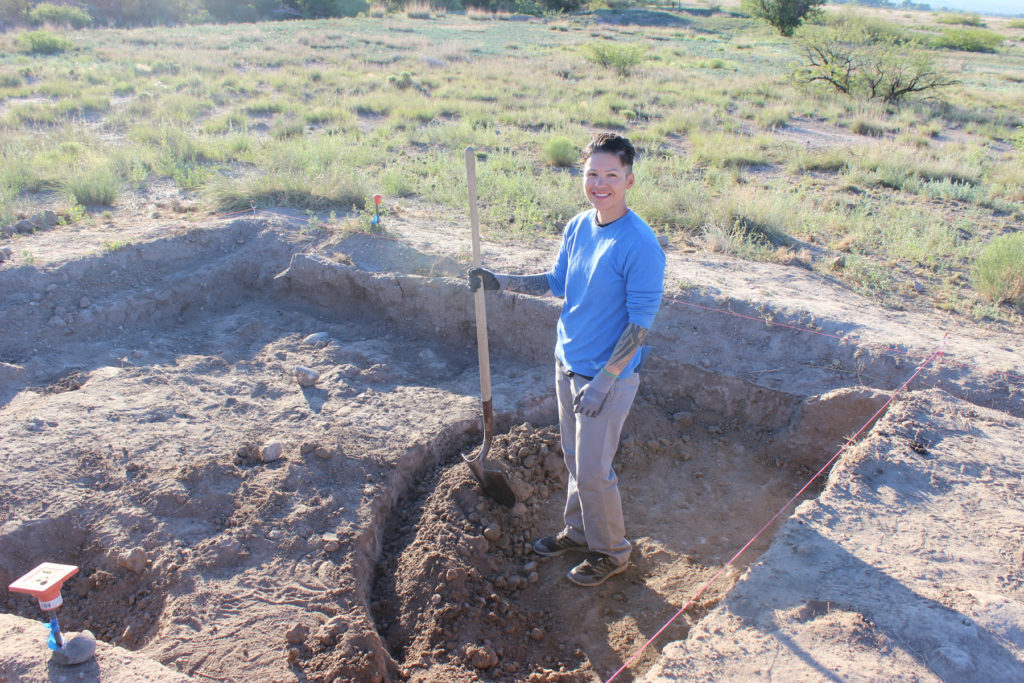
Adam Sezate
UGPA 2016, U.S. Navy
